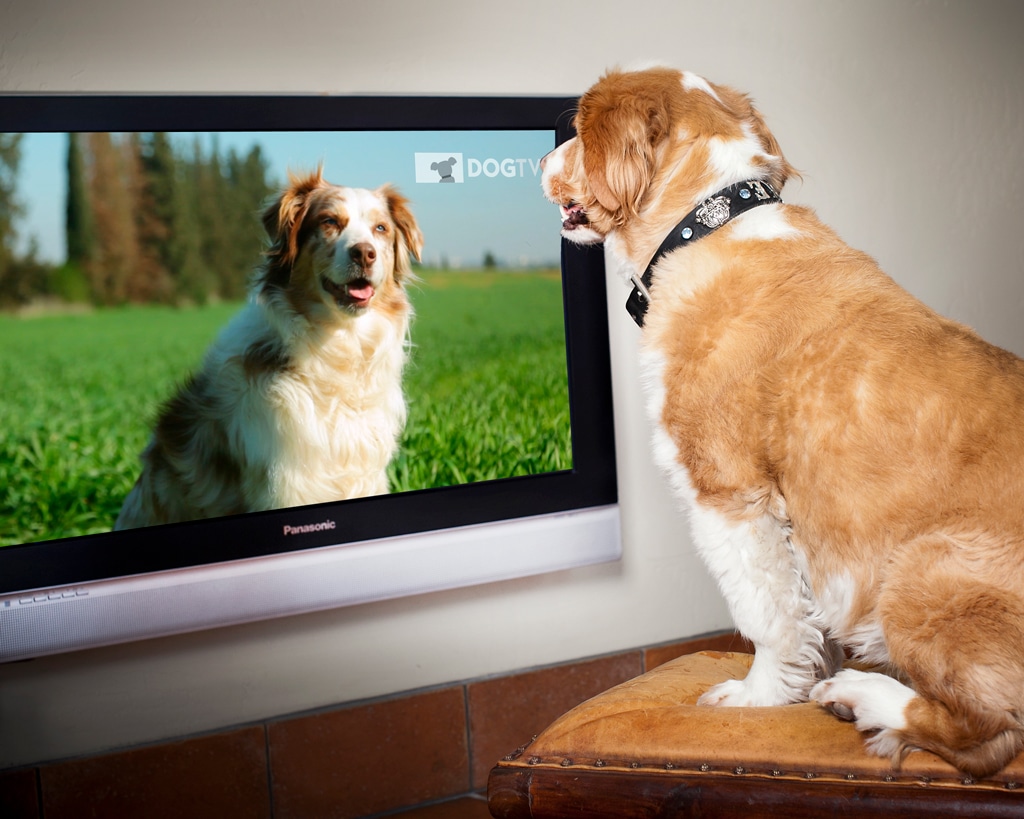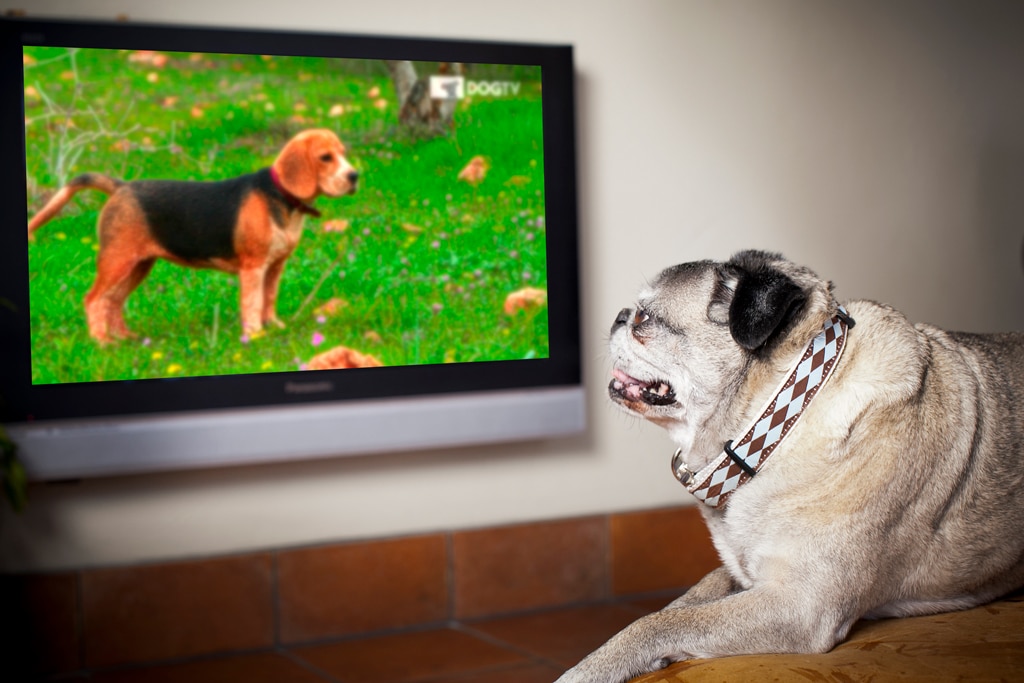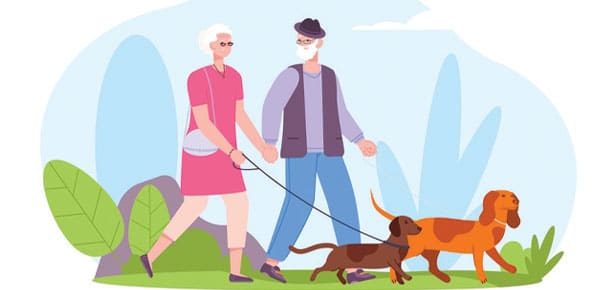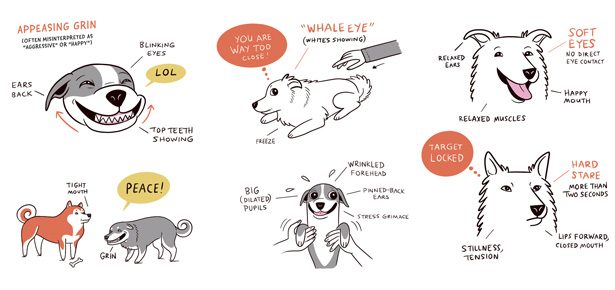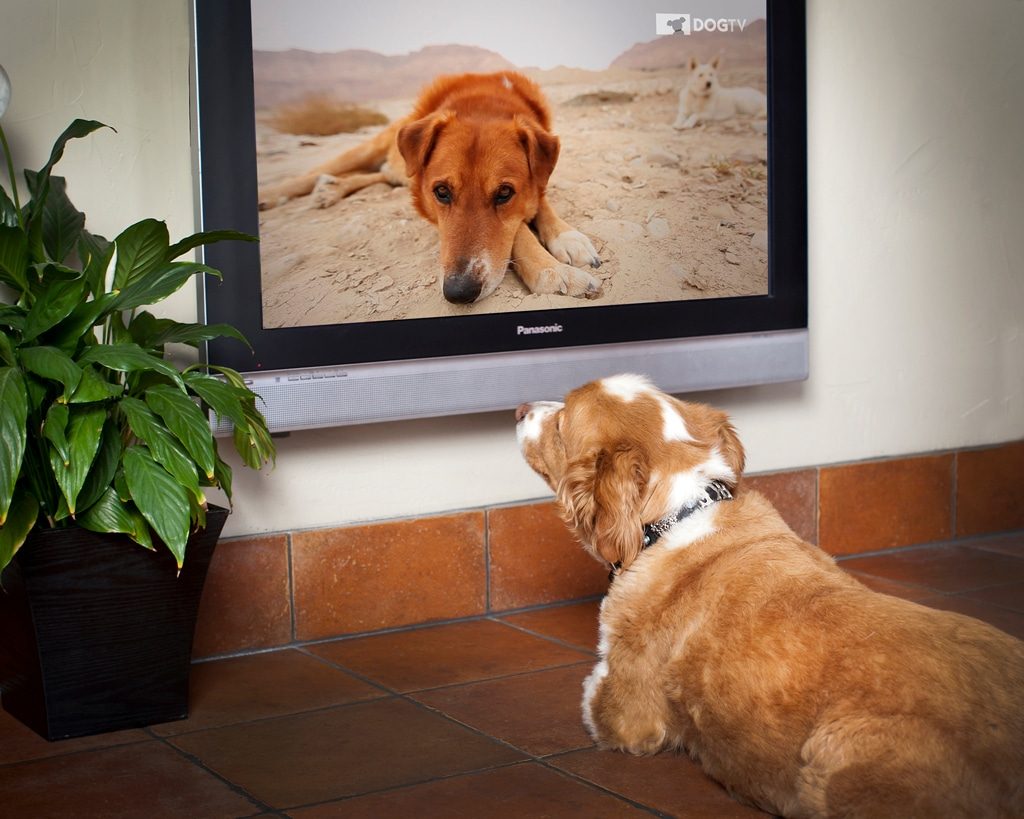

TV Shows Designed for Dogs
A Q&A with the guy who invented DOGTV, a channel offering 24-hour television created especially for dogs
Stay-at-home dogs around the world are being entertained by television programming designed especially to appeal to canines. The idea for TV programming for pets came to co-founder Ron Levi back in 2007.
Ron learned that for years people have been leaving on TVs for their pets (57 percent in the US!) and that it’s recommended by organizations like the Humane Society and ASPCA. “So the idea was,” Ron shares, “what if we created a channel in which all programs were designed specifically for dogs and the way they perceive the world?”
Fast-forward 10 years and DOGTV is now available in more than 250-million households across the globe. The channel offers three kinds of programming especially for stay-at-home dogs: Relaxation, which is content that is designed to relax your dog, reduce stress levels, and keep your dog calm with soothing music, sounds, and visuals; Stimulation, which is content that includes active camera movements, animations, moving objects, and lots of dogs to encourage your dog’s playfulness when home alone; and Exposure, which is science-based programming involving special sounds and visuals to desensitize dogs to stimuli and situations that dogs are often afraid of, such as fireworks, thunder storms or doorbells. We asked Ron some questions about programming for dogs.
How do you create a show to appeal to dogs? What are the differences from regular for-people TV?
Although we know that many pets watch regular TV, like National Geographic or other channels, these channels weren’t designed for pets—they were designed for people. Dogs won’t enjoy hearing people talking, or loud commercial breaks, or seeing scary crocodiles, or news reports.
DOGTV’s content is 100 percent designed for dogs, with no scary elements, no commercials, no visuals that they won’t enjoy seeing. It’s 100 percent tailor-made for dogs. For example:
- Dogs see the world in different colours than we do. They only have two colour receptors, so they don’t see red or green. They see mainly blue, yellow, black, white, and shades of grey. DOGTV colours the content and does colour separation, putting emphasis on certain colours to help the dog see the visual image better.
- The content is shot in a way that will help the dog relate to the visual content cinematographers are filming from a dog’s point of view (they are on their knees); they shoot many times from a dog’s point of view, including installing a GoPro cam on the dog; they are taking in account backgrounds and locations, so the dog will see the image better; the objects are larger, due to the dog’s poor visual acuity; and so forth. The magic is mainly happening in the editing room, with the right colouring and editing, sound design, and music that was designed for dogs.
What visual, emotional, and auditory content do dogs find appealing?
Dogs love seeing other dogs and other animals on screen. We learned that from an Oxford University study and from our seven-plus years experience with this channel. We film lots of dogs running around, playing, fetching, swimming, sniffing, and having a good time. As dogs are very sensitive to motion, we love showing dogs rapidly moving objects and animations on the channel, as well as kids playing and adults running with their dogs. DOGTV’s soundtrack includes a rich sound design’so the home alone dog can identify and taste the outside world although he’s at home—as well as positive affirmations (kids saying “good dog,” “don’t be afraid,” and more), as well as sound frequencies (healing tones to relax dogs) and relaxing music—psychoacoustic music to help dogs feel more calm and relaxed. In our study, 72 percent of dogs felt very sleepy and relaxed by this soothing music.
How did you determine what content dogs like? Did you have a test group of dogs to gauge their response?
After we studied dogs for three years (2009-2012), we created the first content and tested it on dogs. We wanted to see what they react to the most, what they enjoy the most. It wasn’t enough for us to learn from others’ work. With top pet experts on board, like Professor Nicholas Dodman, we wanted to do our own research and learn from our own observations.
Thus, Professor Dodman and his team at Tufts University have conducted large-scale research in which 38 dogs were monitored in apartments in L.A. and New York for six hours, home alone and filmed by five security cameras, with DOGTV on as well as other channels like CNN, Animal Planet, and no TV. We learned a lot from this research and observation. Dogs react most to content that was designed for them: dogs do relax with the right music, sounds, and visuals; dogs don’t enjoy cats, loud noises, barking sounds, and so on. We’re still learning a lot from viewing thousands of videos of dogs watching DOGTV on YouTube and Instagram—it’s great to learn what dogs react to the most!
Do all dogs enjoy DOGTV?
From our study we now know that dogs show much more interest in DOGTV than in regular TV. Having said that, not all dogs are the same, and not all dogs react the same to visual content on TV. We saw some dogs who weren’t too happy with seeing other dogs in “their house” on TV, and thus we do not recommend DOGTV to dogs who will bark all day or get irritated by the channel. The majority of dogs we saw, however, were happy and more relaxed by the channel.
What is the “Noise Phobia” program?
Many dogs suffer from various anxieties from different kinds of stimuli. Dogs can get terrified by an ambulance passing by, or construction works, or a vacuum cleaner. Our Noise Phobia programs are a great opportunity for a dog to get exposed to these sounds but in a positive and safe way, with soft music, positive affirmations (“Don’t worry, dog, it’s just a vacuum cleaner.”), and relaxing sounds. We believe that a dog who is exposed to these sounds in a positive way will learn to be less stressed and more confident over time (as shown in a study on sound and dogs from Bristol University). Also, DOGTV’s sound and music can mask the outside noises for the dog, which is another advantage of leaving on TV or radio.
How long do most dogs stay interested for? How long is the average program?
Dogs have a very short attention span, which is why DOGTV’s programs are two to five minutes long. [A series of videos within a category, say Relaxation, play for an hour before switching to a new category type.] We’re trying to create the best tool to enrich their environment when home alone, so a dog can positively benefit from DOGTV even if he’s passively watching or listening to the sound. We’re also hearing feedback from people who subscribed for themselves or for their cats. One even subscribed for her parrot to watch!
Anything you’d like to add?
We’re working hard to offer DOGTV to every home-alone dog around the globe. Even if we’re not yet available with your cable provider, you can always check us out online at dogtv.com or on your favourite connected device with our digital DOGTV channel.
For a limited time, get a FREE month of DOGTV with every 1 year Modern Dog subscription!
DOGTV is currently available on DIRECTV, DISH, Comcast Xfinity, Cox and RCN. The channel is also available to streat on Apple TV, Chromecast, Amazon FireTV, Roku, and as an iOS and Android app.
Join the newsletter and never miss out on dog content again!
"*" indicates required fields
By clicking the arrow, you agree to our web Terms of Use and Privacy & Cookie Policy. Easy unsubscribe links are provided in every email.
